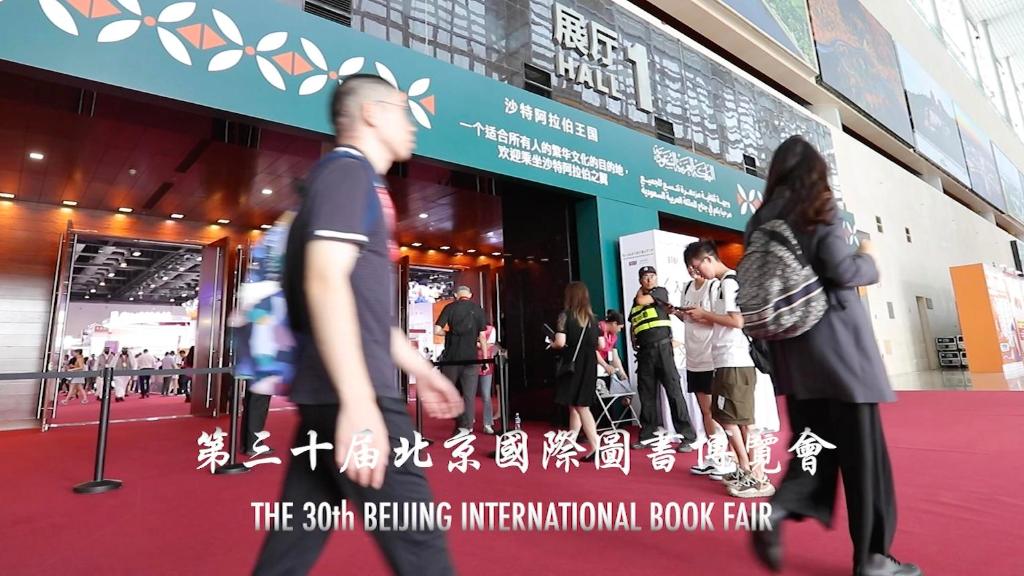XICHANG, June 22 (Xinhua) -- After witnessing the successful launch of a new astronomical satellite at a launch site in southwest China's Sichuan Province on Saturday, French scientist Bertrand Cordier felt somewhat relieved but still faced a significant amount of work ahead.
As the French principal investigator of the satellite, Cordier had been a bit anxious over the past few days. Despite his extensive experience with space projects, this was his first time overseeing a rocket launch in person.
The new satellite, named Space-based Multi-band Variable Object Monitor (SVOM), the result of nearly 20 years of hard work between Chinese and French scientists, is tasked to capture gamma-ray bursts which flicker like fireworks in the farthest reaches of the universe.
Astronomers call those "fireworks" transient sources. "This is interesting because it is related to the long history of astronomy in China. Chinese maybe was the first civilization to observe the transient sky 4,000 years ago. In this mission we continue the work that was started by the Chinese 4,000 years ago," said Cordier, who works with the French Alternative Energies and Atomic Energy Commission.
Gamma-ray bursts, usually very short in duration, are the most violent explosive phenomena in the universe after the Big Bang, and they occur during the collapse of massive stars or the merging of binary compact stars. The in-depth observation of and research on gamma-ray bursts will help us understand some of science's fundamental questions, said Wei Jianyan, who is SVOM's Chinese principal investigator and works at the Chinese Academy of Sciences' National Astronomical Observatories.
The main scientific objectives of SVOM include searching for and rapidly locating various gamma-ray bursts, comprehensively measuring and studying the electromagnetic radiation properties of these bursts, studying dark energy and the evolution of the universe through these bursts, and observing electromagnetic signals associated with gravitational waves, according to Wei.
The SVOM project's overall satellite design, development and in-orbit operations, as well as the analysis of its data and the publication of its scientific research results, have been or are being carried out by both China and France.
With the support of the leaders of the two countries, the project constitutes high-level cooperation between China and France, both of which are major players in space.
This cooperation began with the concept design of the satellite in 2005. When Chinese and French scientists and engineers were in negotiations, they debated and competed for the weight, power consumption and physical space allowances their respective scientific instruments would have on the satellite, Wei recalled.
But through sincere dialogue, they reached their common goal of designing an advanced astronomical satellite.
"The quarrels at the beginning have now become pleasant memories for the scientists and engineers of our two countries," Wei said.
Due to the necessity of communication in international cooperation, and affected by international situations such as the COVID-19 pandemic, the development of the satellite took much longer than expected.
"Despite experiencing nearly 20 years of ups and downs, our original intention remains unchanged," Wei said.
More than 100 scientists and engineers from each side have been involved in the long-term development of the satellite. They have learned from one another and made the most of their respective advantages.
The project has promoted the mutual understanding of the two cultures and national situations among participants, who have become staunch supporters of Sino-French friendship and cooperation.
"This is a very good attempt at comprehensive cooperation, which is of great importance. Cooperation brings scientific returns to the two countries, promotes breakthroughs in space science and technology, increases understanding between the two countries, and enhances the confidence of other countries in conducting space science cooperation with China," Wei said.
Zhang Yonghe, SVOM's Chinese project manager, has been involved in the entire project over the course of its two-decade history. Among all the international cooperation projects he has participated in, SVOM stands out as the most profound and complex on multiple levels, he said, noting that it has had a long duration and involved a large number of personnel from both China and France.
"Chinese and French scientists and engineers have merged from two separate teams into one. Initially, we used emails for communications, which was later replaced by video conferencing, and now we primarily use WeChat," Zhang said.
Cordier said, "We use WeChat, in fact, because when a gamma-ray burst appears in the sky, it would disappear very quickly. We have to react very fast. In order to exchange messages between the French team and the Chinese team, the most efficient way is to use WeChat."
There is a long history of cooperation between the two countries in the field of aerospace. Since the signature of a cooperation agreement between the two governments in 1997, China and France have worked together in various areas, including manned spaceflight, deep space exploration and Earth observation.
The first satellite developed between the two countries, the China-France Oceanography Satellite, was launched successfully in October 2018. In April 2023, when French President Emmanuel Macron visited China, China presented France with 1.5 grams of lunar samples returned by the Chang'e-5 mission for scientific purposes.
And more recently, the Detection of Outgassing RadoN (DORN) scientific instrument developed by French scientists was carried to the far side of the moon by China's Chang'e-6 mission.
The last 20 years have seen the rapid development of space science in China, which has now reached a very high level. It is amazing to see this development, and to see a lot of young Chinese engineers, Cordier said.
It is important to have cooperation with China as China is now a major actor in space, and particularly in space science, he said. "If we go together, we can do better and bigger on missions."
SVOM is a contribution that Chinese and French scientists and engineers have made to the international astronomy community through years of cooperation, integrating high-tech resources from both countries, said Liu Yunfeng, deputy director of the China National Space Administration's international cooperation department.
France has advantages in the design of aerospace systems, having gotten an earlier start in space science research and gaining extensive experience from numerous scientific projects, Liu said. And China has a large aerospace engineering research team and increasing investment, large numbers of technological improvements and launch opportunities, as well as rapid growth in its numbers of young scientists and engineers, Liu said.
"The aerospace technologies and resources of China and France complement one another. Cooperation can pool advanced technologies and resources, enhancing both countries' research and development levels," Liu said.
This year marks the 60th anniversary of the establishment of diplomatic relations between China and France. SVOM is a landmark cooperative project between the governments of the two countries, characterized by innovative technologies and significant challenges. Both sides have maintained mutual trust and assistance, and the scope of their cooperation is broad, deep, extensive and high-quality, which leads to win-win results and offers a model for cooperation between China and other countries, Liu added. ■












